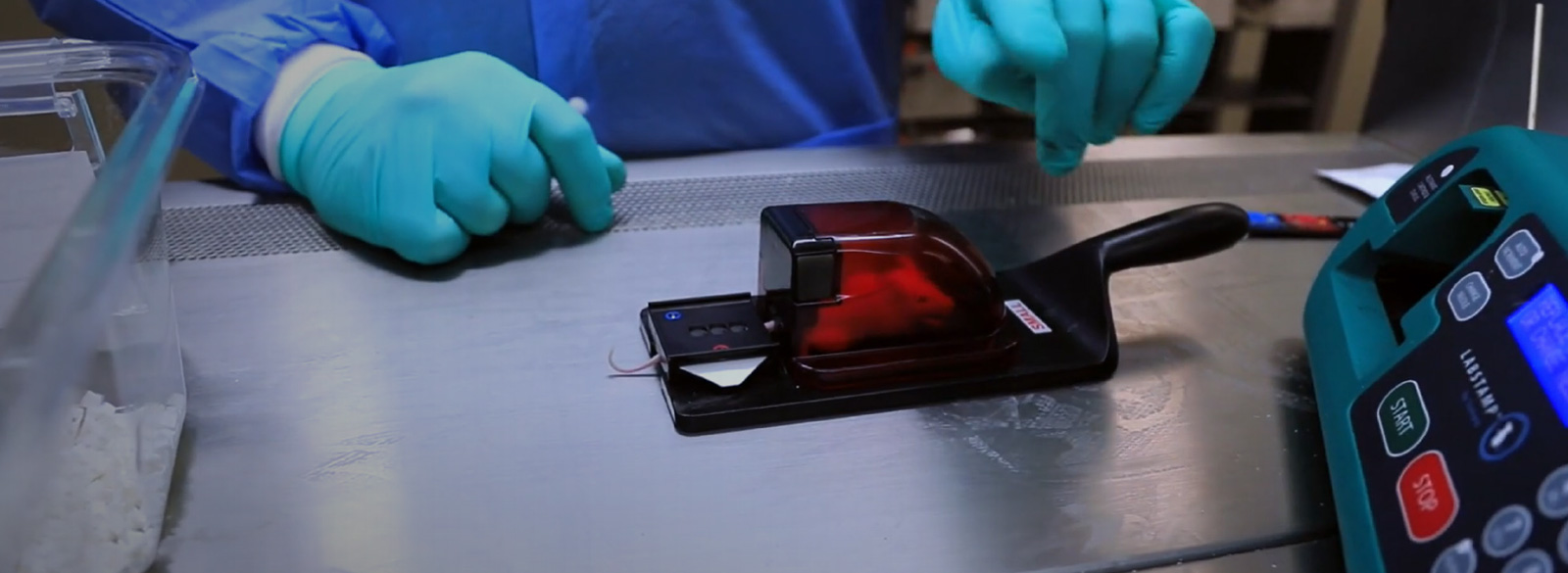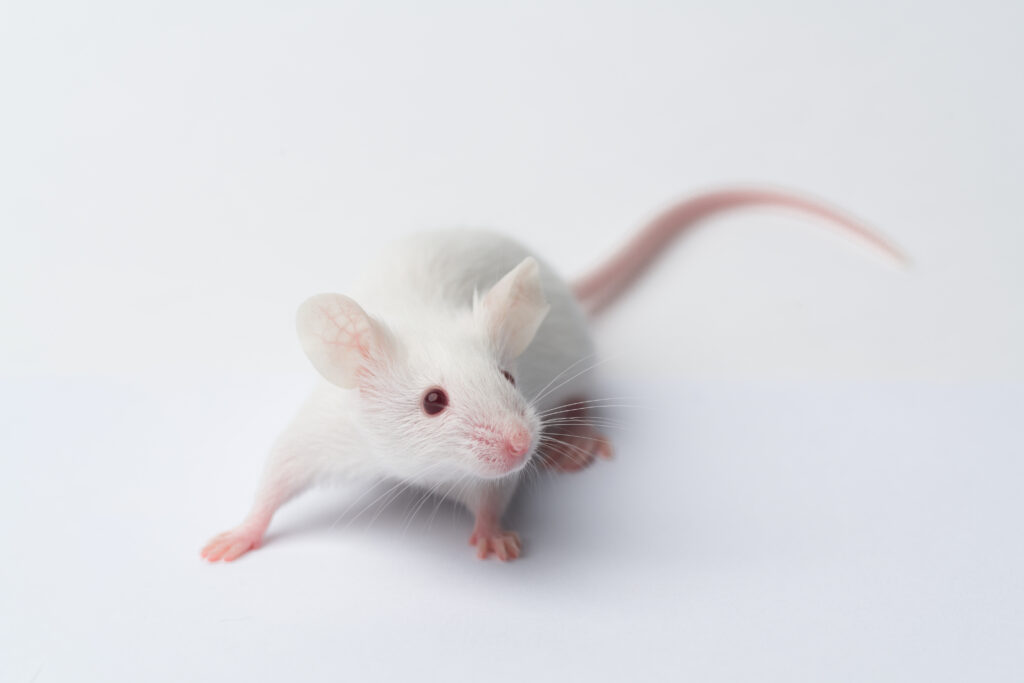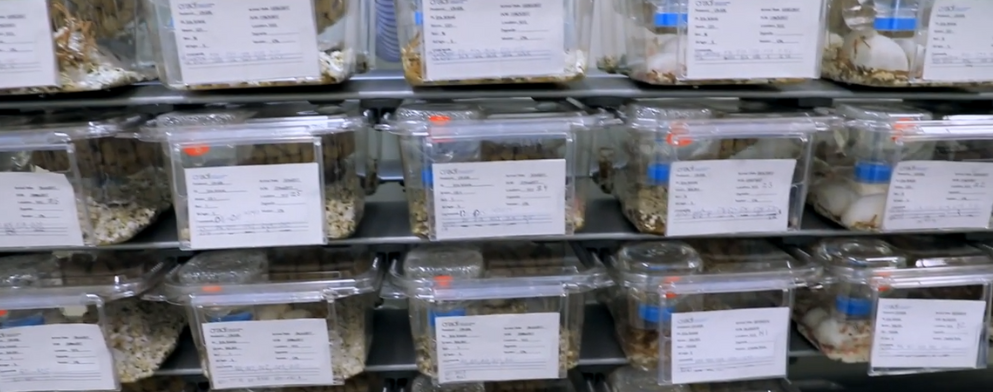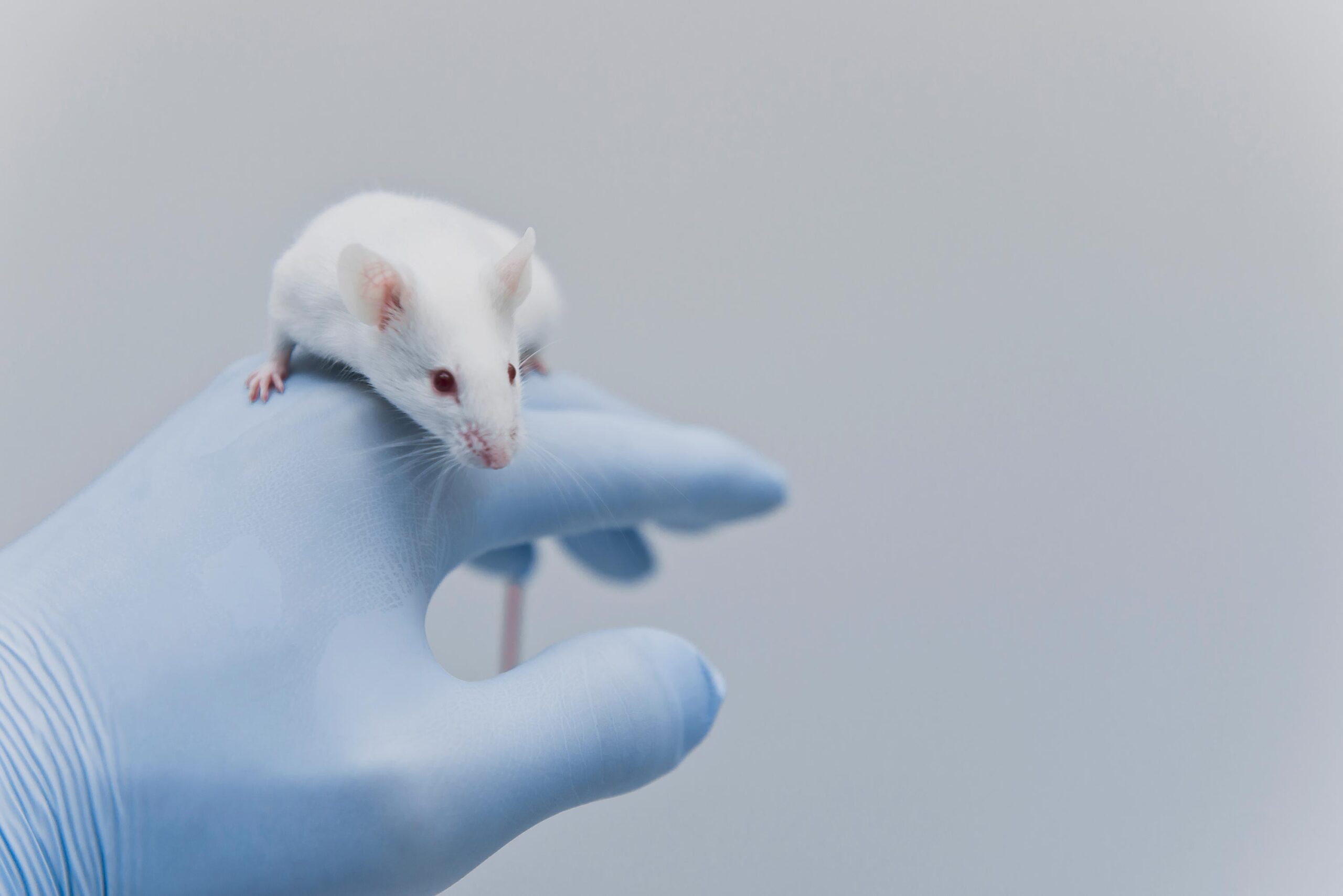
APPLICATIONS
Lab animal identification methods during preclinical research
APPLICATION
Lab Animal Identification
Accurate, reliable and reproducible preclinical research data is directly related to the identification of lab animals within a study. Responsible for a lengthy strain of valuable information, these preclinical research details are only traceable effectively if an unmistakeable lab animal identification method has been deployed throughout the study.
What are the laboratory animal identification tools?
Although it depends on the length and size of the preclinical research study as to which lab animal identification route is taken, many tried and tested methods include:
Ear notching
Ear tagging
Radio frequency identification technology
Branding / Tattooing
Pairing a chosen method with the typical equipment and laboratory animal management instruments, including racks, cages, and cage cards to name a few, forms the basis of the identification process.

Why is lab animal identification important?
Preclinical research is a pivotal stage of the drug development journey, with in vivo research studies being conducted for lead optimisation, generation and assay development.
Producing an effective report outlines preclinical study activity in line with pharmacological efficacy, pharmacokinetics, toxicity, behavioural assessment and much more. These regulatory bodies evaluate the efficacy and safety of preclinical research data before successfully accelerating the candidate to phase 1 clinical/human trial.
The journey from discovery to development, and approval to launch depends on the accurate collection of study data. The preclinical phase lasts anywhere from five to eight years, and the lifetime of the mouse averages up to 2 years. Throughout this period, data is generated, collected and assessed frequently.
The only way to achieve FDA review and market distribution is by gathering highly reliable and reproducible data which shows the compound meets basic safe-to-consume queries. If this data is not acquired due to mortality rates of stressed mice, or the data is skewed due to semi-permanent or misread identifications, approval cannot be granted. It’s that simple.

Welfare in lab animal identifications
Since the most common laboratory animal is various strains of mice, both Labstamp and Digitail were developed specifically for use in laboratory rodents. These preclinical animal models are the only present method of ensuring that only the safest candidates progress to human trials, opening new opportunities for advancements in medical treatments.
The use of these animal models however is governed by regulatory bodies, for example, the FDA expects a report that delves into the use of the rodents, the quantity and the justification of their usage. This aligns with the three Rs of laboratory animal use during research as many R&D businesses replace, reduce or refine their approaches.
The lab animal identification methods available to the everyday researcher can vary from ear notching, tagging, microchipping or branding. Some of these methods are seen to put animal welfare to the back of the priority queue which has a significant impact on the collection and overall accuracy of research data.

Universal IACUC/Ethics approval
The benefits of using Somark for lab animal identification
As mentioned, both our laboratory animal identification methods are designed purposefully for the preclinical research lab. Their usage comes with several features and benefits:
Accurate – Both products eliminate misreads and errors in data by removing the involvement of human interaction, transforming ID reads into an automated process.
Permanent – Both Labstamp and Digitail are assured to last the lifetime of the lab rodent during their study involvement, even longitudinal studies.
Unique and individual – We’ve ensured that our approach to unique ID is scalable, with over 120 million lab rodents used each year our 3 alpha-numeric character sequence and 24 character ID can be amended per mouse per study.






